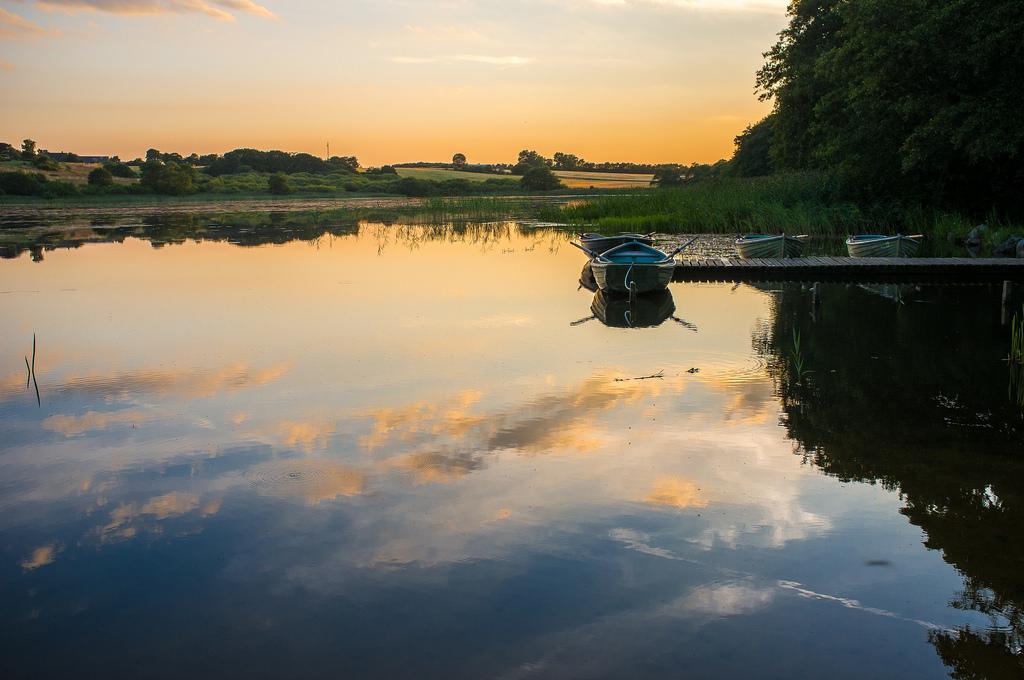Blog
Places to visit
Link copied to clipboard
Share
Aalborg day and night
You can love Denmark, but you must have a lot of longing in your heart for the elusive and inscrutable. Then the landscapes of windswept areas, escarpments sliding into the sea and sand slowly taking over human settlements will delight and soothe you. Someone who loves intensely colored flora and the joyful blue sky and sea may only see sadness in Danish landscapes. But if he gives them a chance, he will see that they are beautiful - only in a different way, with a hint of nostalgia. The landscapes of northern Denmark consist of areas stolen from the sea. The land formed itself by raising the seabed and then depositing volatile sands and creating dunes. To prevent sand from returning to the sea, the coast is planted with trees. The gusts of wind can be so strong that over time all the trees lean towards the land, as if trying to hug it. While relaxing in North Jutland, you will see such views, for example, in the Thy area, located west of the town of Thisted. It is filled with hills covered with grass and trees - formerly sand dunes. The west coast has the widest sandy beaches in Denmark, dunes and steep cliff edges, eloquent evidence of the losing battle between land and sea. In the east, the landscapes are gentler and there are also beautiful beaches. North Jutland is sometimes called the North Jutland Island because it is separated from the mainland by the waters of the Limfjord. At the narrowest point of the fjord lies the second largest city on the Jutland Peninsula - Aalborg , a surprising point on the map of this part of the country.

